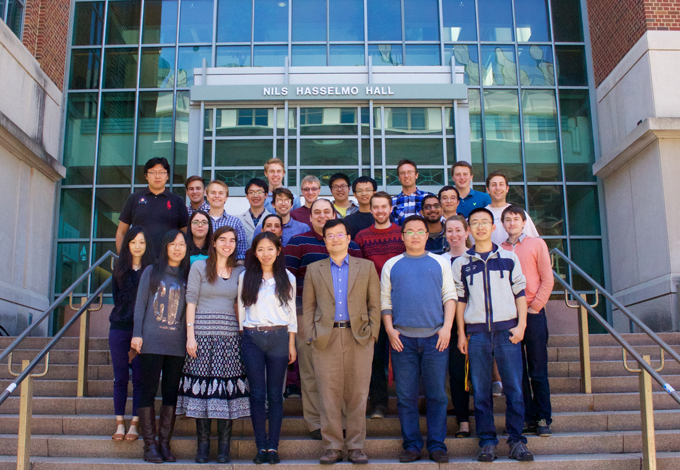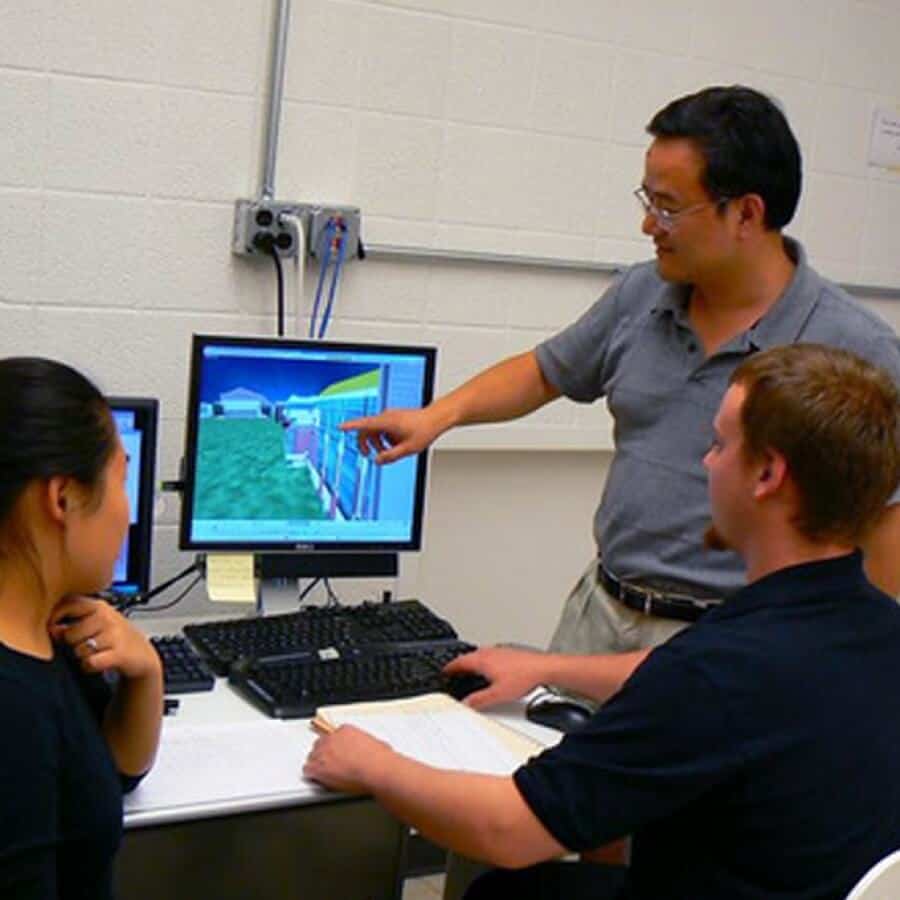A list of Dr. Bin He’s achievements could probably fill a volume. Very briefly put, his major research interests are in the fields of neuro-engineering and biomedical imaging. His educational attainments are many. He serves as Director of the Institute for Engineering in Medicine, Director of the Center for Neuro-engineering, Director of the NSF IGERT Neuro-engineering Training Program, as well as Director of the NIH Neuroimaging Training Program, at the University of Minnesota.
Dr. He, you have been involved in many areas of bio-engineering, however, what has caught the attention of many is the mind-controlled robot you have developed. Could you please describe the functioning of the robot in a layperson’s terms?
The mind-controlled robot works by recording and decoding the intentions of human subjects using noninvasive brain wave (EEG) technology. When a human subject intends to initiate a certain movement, the brain will generate a certain pattern, albeit extremely small, in the brain waves. We record such brain waves and decode the intentions and convert them to control signals that are sent to direct the robotic arm for various movements/actions in 3D space.

Dr. Bin He (in the middle) with his team.
Is the robot going to be used only for medical purposes such as assistance for those who are challenged, or will it be introduced for wider purposes?
An obvious application is to help disabled patients or patients who are challenged with motor dysfunctions. However, this technology may find wide applications in the general population as well.
Given the pace of technology, robots for day-to-day use by ‘average’ people are under development, even for tasks like carrying luggage which are controlled by the belt the operator wears. How is your concept and development different from such ‘products’?
The unique feature of our technology is “brain control.” This distinguishes what we are doing from regular machine- or hand-controlled robots.

Dr. Bin He (in the middle) with his team.
Please tell us what was the driving force behind all that you have achieved thus far?
I was attracted to brain research when I was a high schooler many years ago, and it has been a pleasure to be able to work throughout my career on brain and neuro-engineering research. For me, just like other people, Identifying what my interest was and being persistent were important factors in accomplishing something.
Photos: Archive of Dr.Bin He.
Support us!
All your donations will be used to pay the magazine’s journalists and to support the ongoing costs of maintaining the site.
Share this post
Interested in co-operating with us?
We are open to co-operation from writers and businesses alike. You can reach us on our email at [email protected]/[email protected] and we will get back to you as quick as we can.









